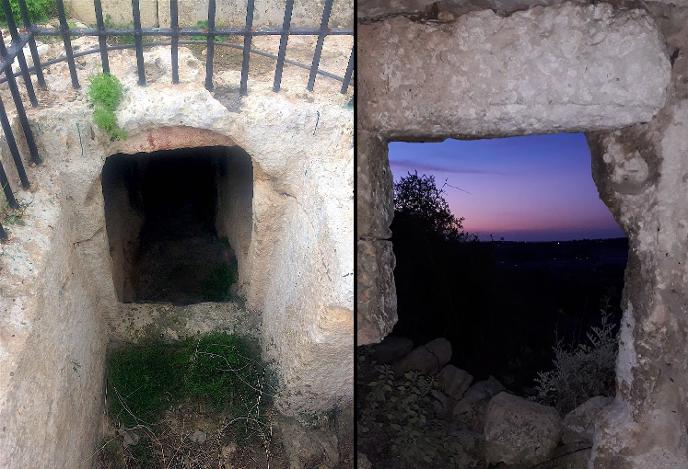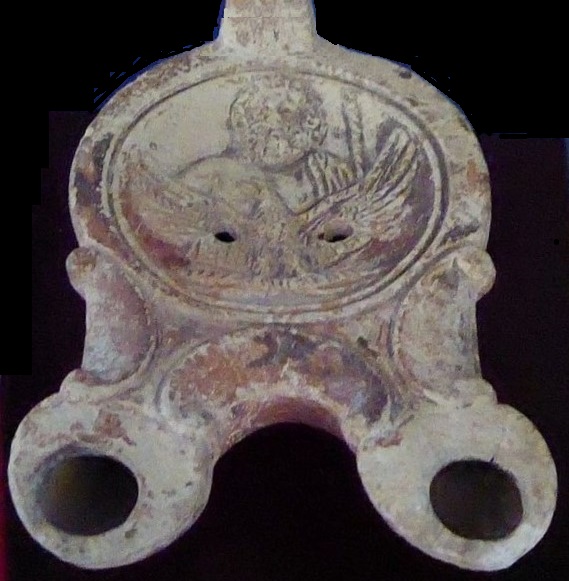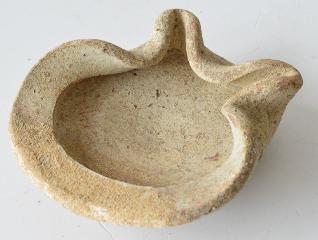FORT MOSTA CATACOMBS

Fort Mosta - Under the Victoria Lines
There are two known catacombs within the boundaries of Fort Mosta.
One lies within its grounds while another is found in a cave just beneath the exterior wall overlooking the Burmarrad plain.
The latter bears tomb and niche types pertinent to a very early stage, known as neo-punic, hence one of the oldest catacombs to be found in Malta.
Pottery sherds from the tombs, within the cave, and in the immediate vicinity suggest usage of this site in the 1st Century BC, conversion to Christianity around the 2nd Century AD, and progressive use until the 5th / 6th Century.
The cave itself spans 40 x 20 feet, with two additional 10-foot recesses at the flanks. Access in though two doorways cut into the rock face, but a shaft in the roof might have been the original entrance.
Several banks on the wall sides and what appears to be a hearth suggest it might have served as a dwelling at some point in time.
There are seven tombs in all, as well niches, a (Neo-)Punic stilted arch, and traces of an Agape denoting Christian use.
Another interesting Catacomb within the precincts of Fort Mosta which was originally a Punic shaft tomb.
This tomb underwent considerable modification over time, with features such as an Agape table typical of Christian custom.
It is one of the finest examples of transformation from a tomb to a Christian catacomb. It remained in use until the 6th Century AD.
The following extract is originally from the Museums Department Report for 1958/59.
“On the 4th October, 1957 whilst work was in progress for the construction of kennels in the grounds of Fort Mosta, a burial chamber of a rock-cut tomb was broken into.
The tomb consisted of an elliptical chamber hollowed out in the face of a low escarpment to the south-east of the Fort.
The burial chamber was very roughly cut and measured 8ft in length, 3ft 2in. in maximum width and 3ft 4in. in maximum height; its long axis ran in a north-east, south-west direction. The entrance to the chamber was situated in the middle of the south-west wall and was partly hewn out of the rock and partly built with rubble; it measured 3ft 3in. in height, 3ft in width and 1ft in depth and was found blocked by a rubble wall.
Fragmentary remains of a human skeleton belonging to an adult female, a bilychnis oil lamp and fragments of punic pottery were recovered from the layer of field soil, 1ft high, which covered the floor of the burial chamber.”
Bilychnis oil lamps were popular in Roman and Byzantine times. The word means 'having two wicks / lights. These came in various shapes and designs, with some being quite simple and others being pretty elaborate.


Above:
Open Oil Lamp held in a local private collection. Left: Closed Oil Lamp with Jupiter and an Eagle found at the Domus Romana in Rabat, Malta
Notes & References:
Ancient Malta by Harrison Lewis
Melita Storica (Journal of the Malta Historical Society) - G. Cassar Pullicino
Cover Photos: Temple Rescue Malta & Josef Laspina
Oil Lamp Photos: F&S Creations Unlimited & Belgravia Auctioneers, Malta
Designed by http://www.mitchinson.net